Academic Colleges – a cherished part of UT Southwestern Medical School life

Embraced by both students and faculty, the Academic Colleges system has arguably become the most beloved element of a UT Southwestern Medical School education, with a Cary student or a Seldin student every bit as loyal to their assigned College as a Gryffindor or Ravenclaw is to their Hogwarts House from the well-known Harry Potter series of books and movies.
Fifteen years ago, the Medical School instituted this system, with each student assigned to one of six Colleges: Cary, Estabrook, Fashena, Pritchard, Seldin, or Sprague.
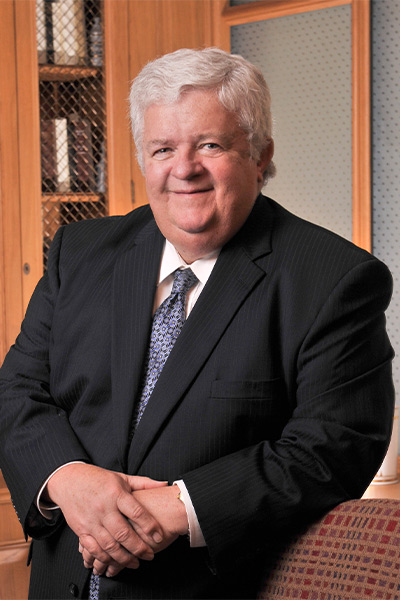
William “Gary” Reed, M.D., who has been Dean of Academic Colleges since 2014, said the system grew out of a request by students to introduce clinical practice earlier in their education. It had been standard protocol in medical schools nationwide to devote the first two years of medical school to basic science and then begin clinical instruction the third year. But that was changing.
With medical students anxious to start clinical instruction earlier, UT Southwestern’s system of Academic Colleges and subunits composed of six or seven students and a mentor began. The College subgroups meet once a week with their mentors during the first year of medical school; in these sessions they are taught the art of taking a medical history and performing a physical examination.
“The mentors teach their groups the building blocks of what it is going to be like to be a physician,” said Dr. Reed, Associate Dean, Quality, Safety, and Outcomes Education and Professor of Internal Medicine and Surgery.
Clinical transition training
The students attend Colleges sessions – actually considered a course – each year of their medical education. Adding four class years together, this equates to about 1,000 medical students enrolled in the course currently.

“This would not be possible without the outstanding dedication and work of the Colleges Course Director, Thomas Dalton, M.D., Associate Professor of Internal Medicine, who directs the curriculum and operations of the entire four-year course, and Heather Smith, Manager of Academic Colleges, who directs the administrative team of the Colleges,” said Dr. Reed.
Once the clinical portion of medical school begins, the Colleges’ subgroups of six students continue to meet with their mentors, though less often. Once a month, they discuss issues such as ethics, how diversity impacts medical practice, and how to talk to families regarding upsetting medical news about a loved one.
“In the clinical years, it turns more to discussion about what they are experiencing in their clinical work. It’s a place for students to learn about the subtle parts of being a physician,” said Dr. Reed.
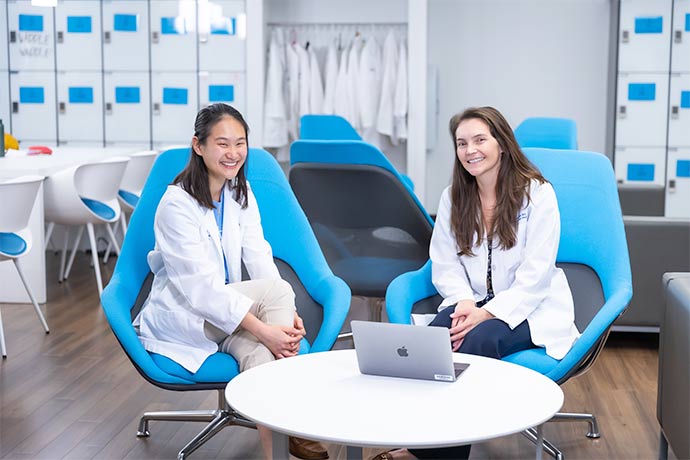
The students develop a close relationship with their mentors. “The mentor becomes their first colleague. It becomes a friendship as much as a faculty relationship,” he said. Angela Wang, a third-year student in Pritchard College, calls her mentor, Ashley Agan, M.D., Assistant Professor of Otolaryngology – Head and Neck Surgery, “the best.”
“We’re the COVID class of med students. We didn’t have a lot of time with our classmates our first year, but the one thing we did have was lots of time with our mentor. Dr. Agan was very patient. There was no dumb question,” said Ms. Wang.

Alec Mason, a third-year student in Seldin College, said his mentor, Emilia Thomas, M.D., Associate Professor of Internal Medicine, has been one of his strongest supporters. “I totally intend to ask her to be my attending (physician) for my internal medicine rotation,” Mr. Mason said.
Faculty members also appreciate the warm relationships they develop with the students, Dr. Reed said, and there are always more seeking to become Colleges mentors than needed. “It’s actually become very competitive to become a mentor,” he said.
Building camaraderie
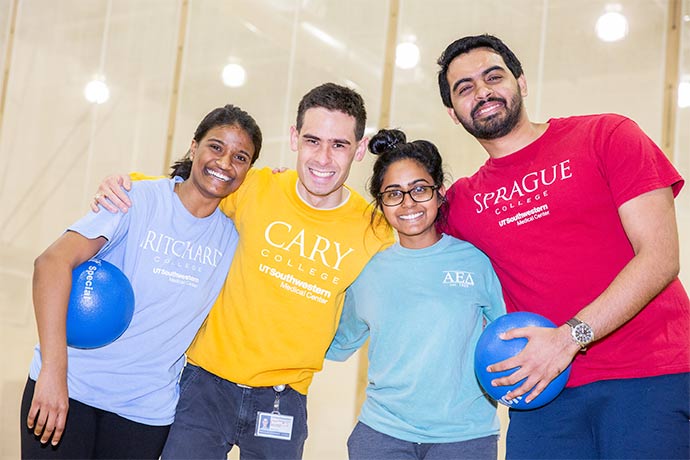
While the subgroups are a crucial element in the educational process for the students, the larger Academic Colleges groups function as a social unit throughout the students’ medical school careers. Each College has its own “commons,” an area designed for both study and social interaction, affording opportunities for the students in each College to get to know each other.
The commons areas will shortly be getting makeovers with exciting murals: The Colleges have chosen mascots, and there is an Olympics-style competition among the Colleges each semester with team-building events like tug-of-war, a race to log the most volunteer hours, and fun contests like chips-and-dip eating.
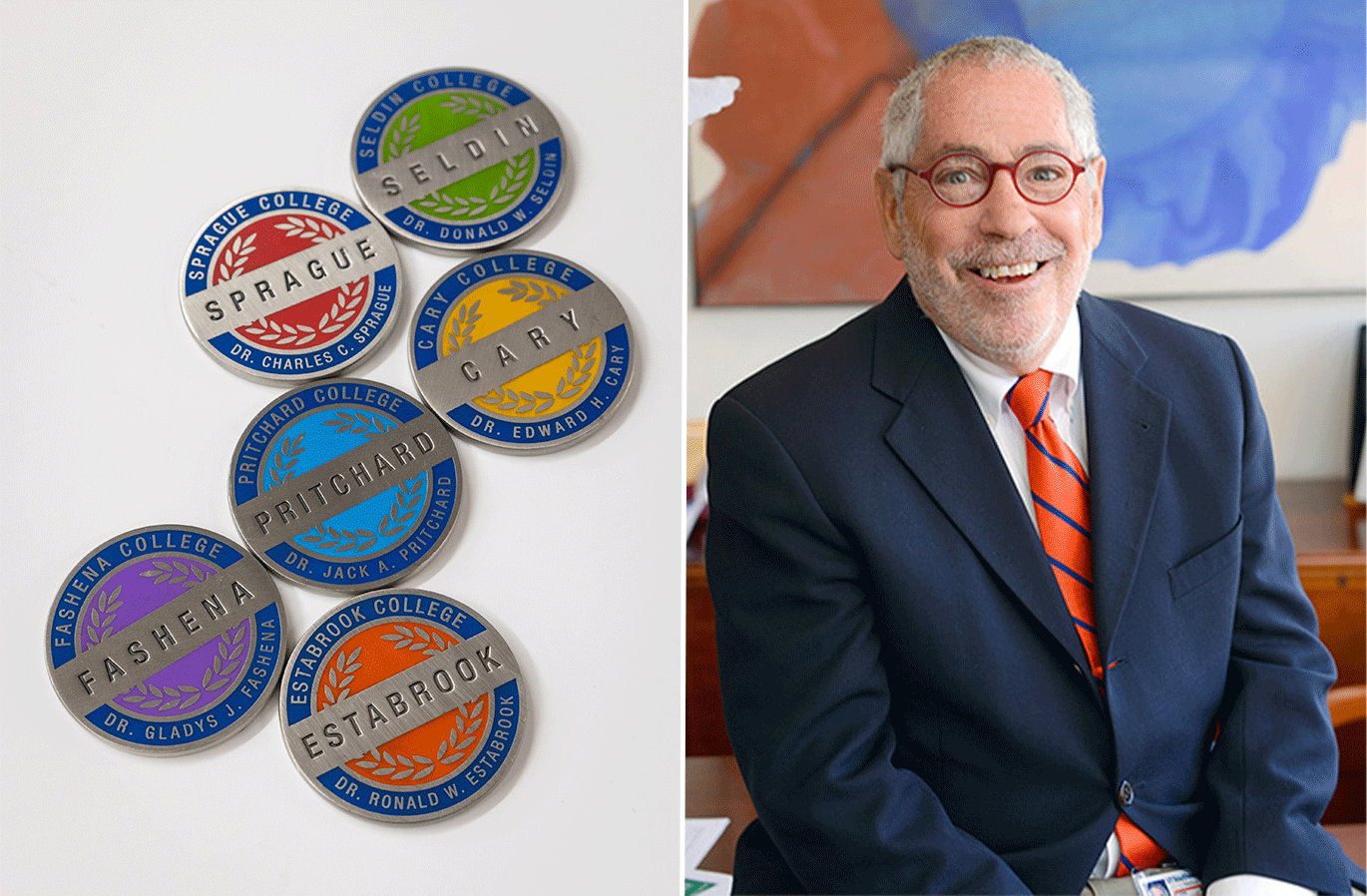
New this year for Academic College life is a bit of memorabilia – a coin unique to each College. Charles Ginsburg, M.D., Vice Provost and Senior Associate Dean for Education, said the Colleges coins were inspired by the military tradition of “challenge coins,” presented in recognition of achievement. “I’m hoping these coins will be a memento the students will treasure and keep throughout their lives,” he said.
Mr. Mason said the Academic Colleges system, and especially the small-group mentoring, are among the reasons he chose to attend UT Southwestern Medical School. “This is actually the kind of thing I was looking for when I was looking at schools. I asked about it during my interview and made sure it was well-established,” he said.
Dr. Reed isn’t surprised that potential students would ask about the Academic Colleges and mentorship groups to enhance their medical education. “My interpretation of the student evaluations is that this is their favorite class,” he said.
Who’s that namesake?
The six individuals that the Academic Colleges are named after are icons in the history of UT Southwestern, representing a variety of disciplines. Here is some background on those illustrious namesakes:
-
Edward H. Cary, M.D.
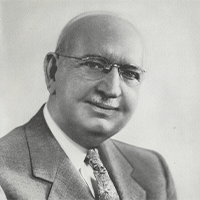
Edward H. Cary, M.D., graduated from medical school in New York in 1901 and moved to Dallas – at that time considered the “Wild West of Medicine” – in 1902. Dr. Cary became Professor of Ophthalmology at Dallas’ first medical school, then called the University of Dallas Medical Department, and six months after joining the faculty was named Dean. Dr. Cary’s ambition was always to improve the quality of medical education in Dallas to equal the kind of training he had received. In 1939, Dr. Cary helped create the Southwestern Medical Foundation, which started Southwestern Medical College, the precursor to UT Southwestern.
-
Ronald W. Estabrook, Ph.D.
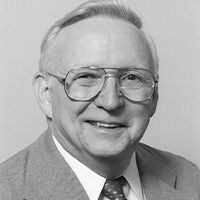
Ronald W. Estabrook, Ph.D., represents UT Southwestern’s research side. After a stint as a naval officer, Dr. Estabrook earned a Ph.D. in biochemistry from the University of Rochester. He served as Chairman of the Department of Biochemistry at UT Southwestern for 14 years and then became the first Dean of the UT Southwestern Graduate School of Biomedical Sciences, helping to turn UT Southwestern into a major research center that enjoys international recognition for its scientific achievements.
-
Gladys J. Fashena, M.D.

Gladys J. Fashena, M.D., a pioneer in many ways, earned a master’s degree from Columbia University and then a medical degree from Cornell Medical School in 1934 – at a time when women had to fight to be allowed to study medicine. A pediatric cardiologist, she was among the first to recognize that newborns that were blue had congenital heart problems. She taught at what would become UT Southwestern for nearly 40 years. In 1976, she became the first female President of the Dallas County Medical Society.
-
Jack A. Pritchard, M.D.
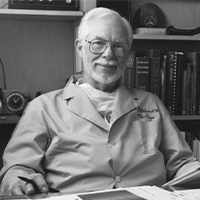
Jack A. Pritchard, M.D., a graduate of Case Western Reserve Medical School, was an obstetrician whose laboratory and clinical work revolutionized the treatment of high-risk pregnancies. Dr. Pritchard studied hematological changes that occurred during pregnancy, which led to treatment for eclampsia. When he was named head of the Department of Obstetrics and Gynecology at UT Southwestern in 1955, he was the youngest Ob/Gyn chief in the country. Dr. Pritchard gained fame throughout the state in 1975 when he delivered the Davis quintuplets, the first successful delivery of quintuplets in Texas.
-
Donald W. Seldin, M.D.
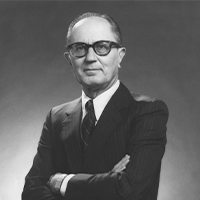
Donald W. Seldin, M.D., attended Yale School of Medicine and taught there for a while, so it was a shock to arrive in Dallas in 1951 and find a medical school that was housed in old Army barracks. Undaunted, he set out to build a Department of Internal Medicine that would rank with the best in the country, a task he achieved over time. Dr. Seldin was the recipient of numerous honors, including becoming an early member of the National Academy of Medicine and his appointment as President of seven major medical societies.
-
Charles C. Sprague, M.D.
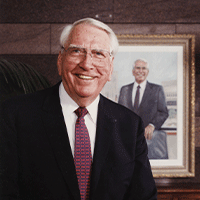
Charles C. Sprague, M.D., a native of Dallas, was UT Southwestern’s first President, a position he held for 19 years. He earned his medical degree at UT Medical Branch at Galveston and then trained in internal medicine and hematology at Tulane University, Washington University, and Oxford. He served as Dean of the Tulane University School of Medicine prior to joining UT Southwestern. At UTSW, he presided over a period of explosive growth in the 1970s. He was a member of the National Academy of Medicine.
Dr. Ginsburg holds the Marilyn R. Corrigan Distinguished Chair in Pediatric Research.
Dr. Reed holds the S.T. Harris Family Distinguished Chair in Internal Medicine, in Honor of Gary Reed, M.D., and the Eva A. Rosenthal Professorship in Internal Medicine, in Honor of Gary Reed, M.D.

